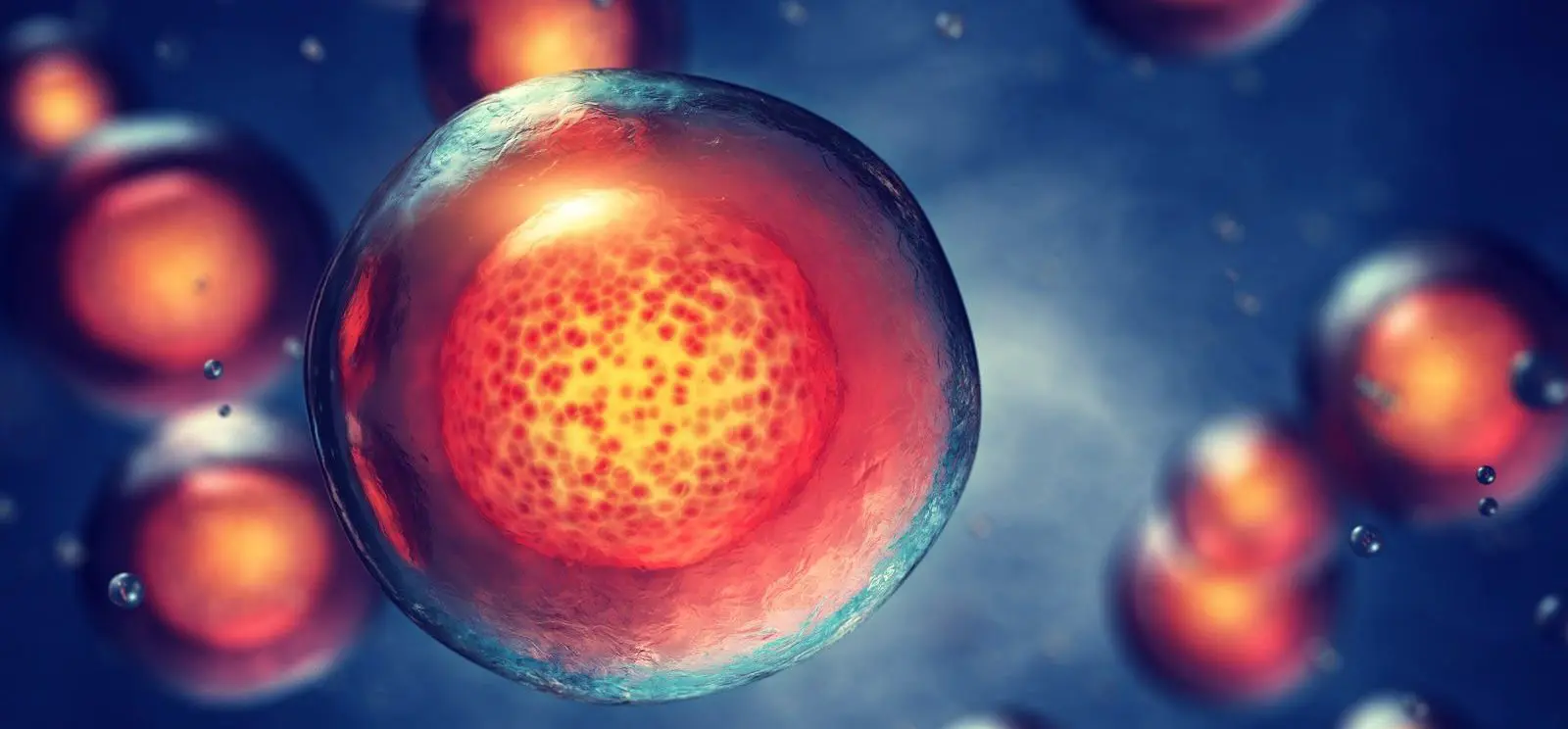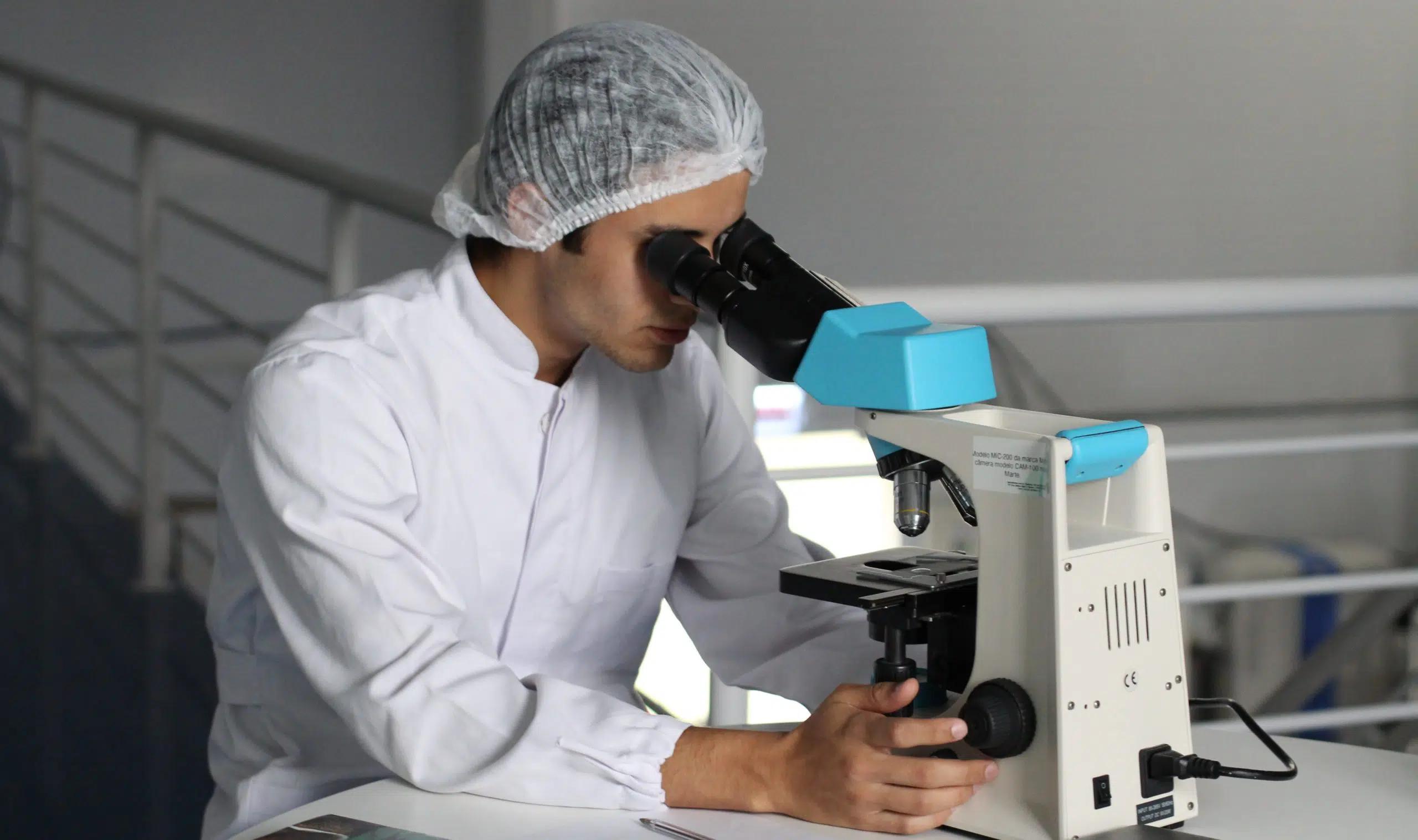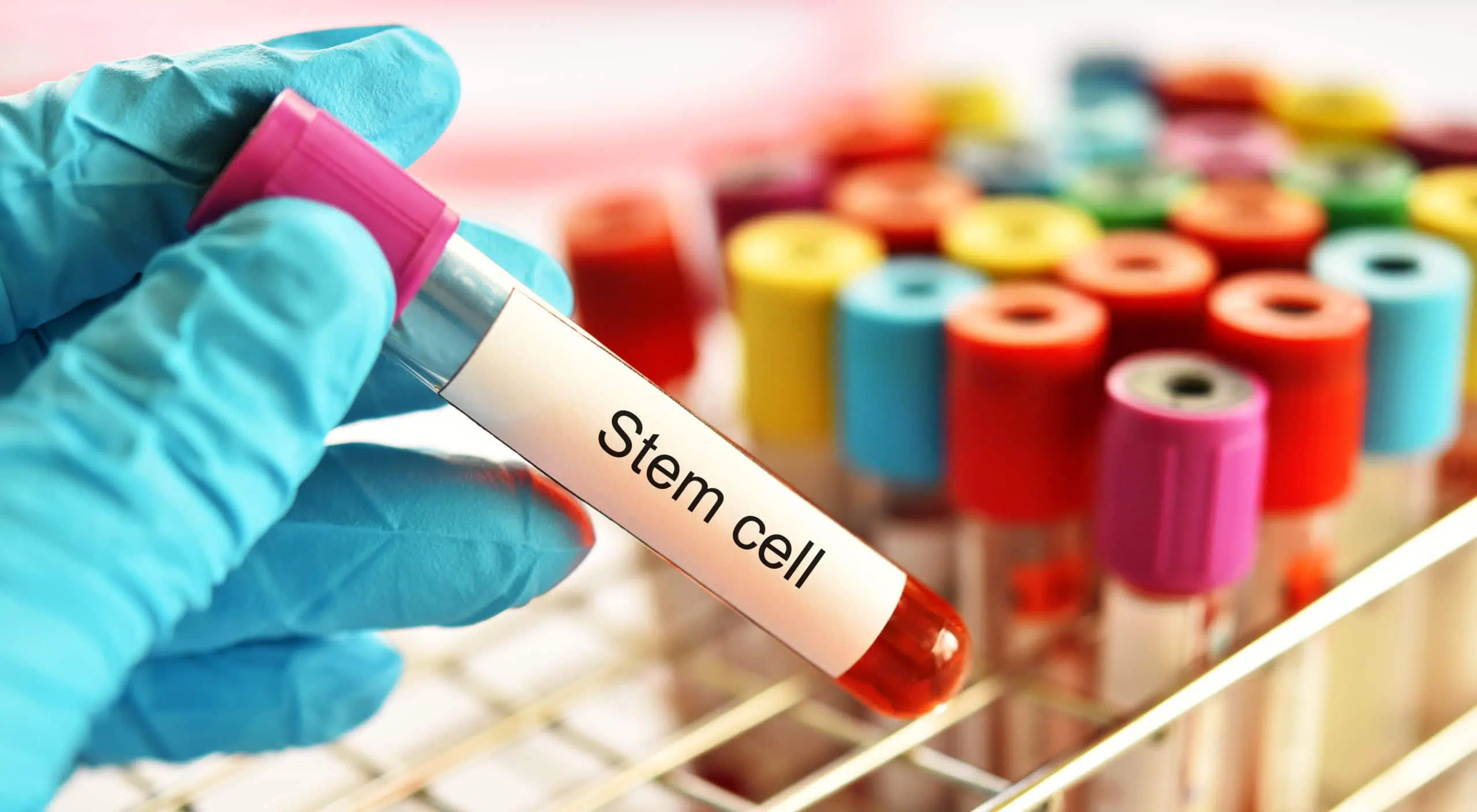Can We Support Stem Cell Research?

Much of the confusion over stem cell research involves misunderstanding of terms, so let’s begin with some definitions.
Stem Cells in General
Stem cells are immature cells that are undifferentiated (i.e., they have not yet “decided” what kind of cell to be). A stem cell divides into two cells: (1) a duplicate of itself and (2) a cell that develops into a more specialized cell type (i.e., an eye, liver, skin or blood cell). Since stem cells replace themselves every time they divide, they are capable of long-term self-renewal.[i]
Because they are immature, stem cells can be used to treat injuries or diseases. Scientists can make stem cells reach their full healing potential by developing procedures that mature them into the correct type of stable tissue that functions normally, then by making them safe for transplantation, and finally by developing surgical procedures that maximize their ability to treat or cure diseases or injuries.
The instruction Dignitas personae provides guidance on which types of stem cells may be used for research and treatment: “Methods which do not cause serious harm to the subject from whom the stem cells are taken are to be considered licit. This is generally the case when tissues are taken from: a) an adult organism; b) the blood of the umbilical cord at the time of birth; c) fetuses who have died of natural causes” [32].
It should be noted that the tissues of unborn children who have died due to miscarriage are generally unsuitable for research, since they deteriorate rapidly after death.
Human Embryonic Stem Cells (HESCs)
HESCs are harvested from human embryos that are typically between three and six days old. At this point, the blastocyst consists of about 140 cells. Most of these will form the placenta, and a small interior cluster of cells are “pluripotent” stem cells — able to produce all of the many different types of cell in the human body. This feature of HESCs makes them very attractive to scientists.

embryonic stem cells
Harvesting HESCs involves removing the inner cell cluster from the blastocyst and culturing it with various growth factors to produce specific types of cells. This procedure always results in the destruction of the early human being. This means that this procedure is morally equivalent to an abortion and can never be allowed [Dignitas personae, 32].
There are also extremely serious medical problems with HESCs. Their growth is very difficult to control, and they usually produce fatal tumors or convert themselves into cancer cells.[ii] Theoretically, this might not be the case if the embryonic cells were matured into adult cells, but this has proven to be almost impossible to achieve. Even matured HESCs continue to produce tumors.[iii] Finally, cells transplanted from an embryo are always attacked by the recipient’s immune system, and so the patient must be treated with immunosuppressive drugs that have a variety of side effects. Since these difficult problems have not been overcome, all that embryonic stem cell research currently offers is promises of future cures.
Some have suggested that scientists clone a human embryo from a patient’s own cells, thereby overcoming the rejection problem, but this procedure is still illicit since it would involve the destruction of the embryo.
Although intensive research has been done on human embryonic stem cells since 1998, not a single workable cure has been found.
Adult Stem Cells
An adult stem cell is defined as any stem cell in a human being older than a seven-day embryo. These cells are found throughout the body and in the umbilical cord. Their purpose is to replace damaged or worn-out cells throughout a person’s life. They are more limited in their capabilities than HESCs, because they can only differentiate into a limited number of cell types — for example, a blood stem cell can become a lymphocyte, monocyte or some other type of blood cell, but it cannot become a non-blood cell such as a bone cell or an eye cell. These cells are “multipotent.”
Unlike HESCs, adult stem cells show a lot more than mere “promise.” They have cured numerous people with serious diseases, and have been doing so for decades. Adult stem cells can currently cure more than seventy medical conditions, and there are more than 4,400 ongoing or recently completed government-funded clinical trials using adult stem cells in the USA.[iv]
The greatest moral advantage that adult stem cells have over embryonic stem cells is that no life is taken in acquiring them. There are also several other great advantages to using adult stem cells in therapeutic applications, which is what the entire field is supposed to be interested in: they are grown from the patient’s own body, so there is no problem with immune reactions; they are much easier to harvest, since they exist all over the body, even in fat cells; and finally, they are much easier to control and do not form cancerous tumors, as do HESCs.
Reprogrammed Somatic Cells
The third type of stem cell is the induced pluripotent stem cell, or iPSC. These are adult body (“somatic”) cells that are reprogrammed into a state that is very similar to a human embryonic stem cell. They are not identical to HESCs but have the same function, which means that they can produce any type of adult cell. One of the great advantages of these cells is that they are taken from the patient’s own body, thereby making rejection impossible because they are “immune-matched” to the patient.
Another advantage of iPSCs is that they do not require the destruction of a human embryo. However, iPSCs may potentially grow tumors like HESCs, have low replication rates and suffer from premature aging. Importantly, some pro-life ethicists and leaders have raised serious questions about the nature of iPSCs, asking whether they are actually reprogrammed into becoming tiny embryos. We would do well to continue to be vigilant as this area of research continues to grow.
Final Thoughts
By now, we have all heard critics of the Catholic Church alleging that the Church is “anti-science” and is “holding up human progress.” Not surprisingly, the exact opposite is the truth, and the debate over embryonic stem cell research is probably the best example of this principle.
In the late 1990s, pro-abortion scientists and politicians promised a glittering crop of miracle cures from ESCR, if only those pesky, backwards pro-lifers would just step aside and stop hindering scientific progress with their “Medieval” morality. The government and private corporations have poured hundreds of millions of dollars into embryonic stem cell research, which has yielded zero cures, while adult stem cell research, supported by the Church, has produced successful treatments for a host of diseases.
In other words, the morally acceptable, Church supported, stem-cell research option has actually been successful, yet scientists continue the unethical destruction of human embryos with their focus on ESCR.
Endnotes
[i] Congregation for the Doctrine of the Faith. Dignitas personae [“On Certain Bioethical Questions”], June 20, 2008, ¶31.
[ii] Rick Weiss. “Embryonic Stem Cells Found to Acquire Mutations.” Washington Post, September 5, 2005.
[iii] Maureen L. Condic. “The Basics about Stem Cells.” First Things, January 2002, pages 30 to 34; Maureen L. Condic. “A Comprehensive Primer on Stem Cells.” The National Catholic Bioethics Center, August 2009.
[iv] A May 8, 2013 search of the National Institute for Health’s “Clinical Trials” database at www.clinicaltrials.gov shows 4,410 currently funded clinical trials using adult stem cells.



